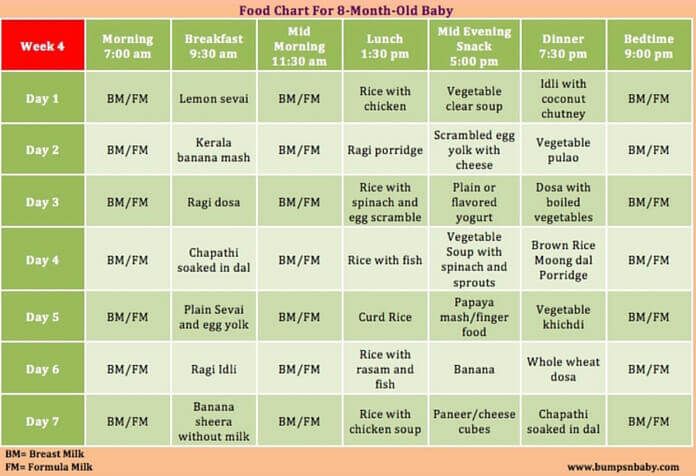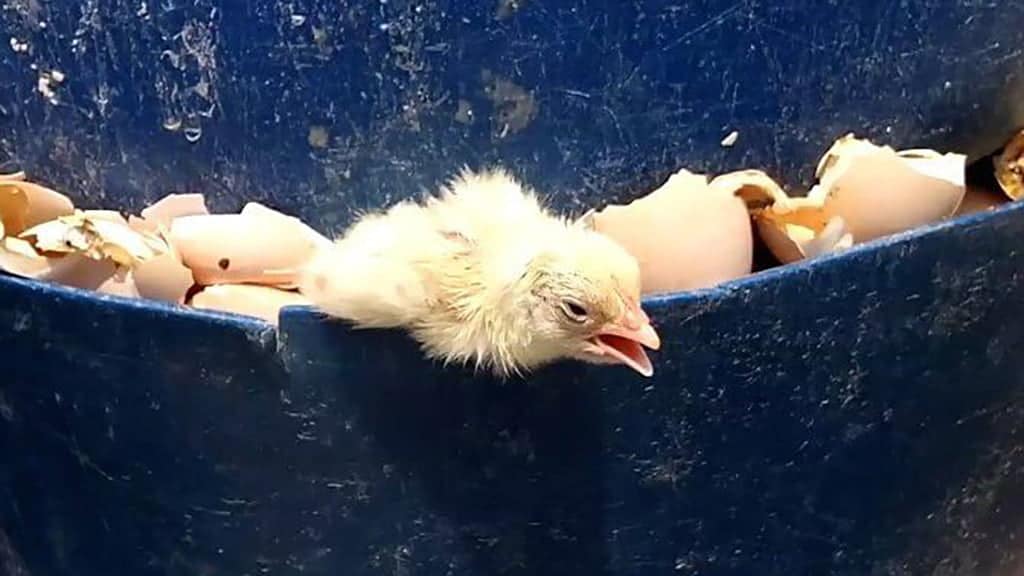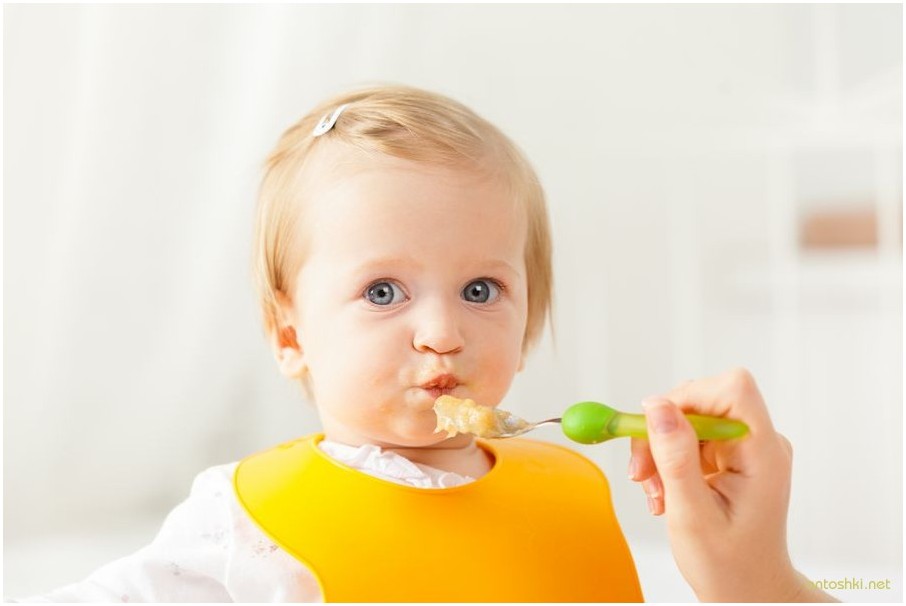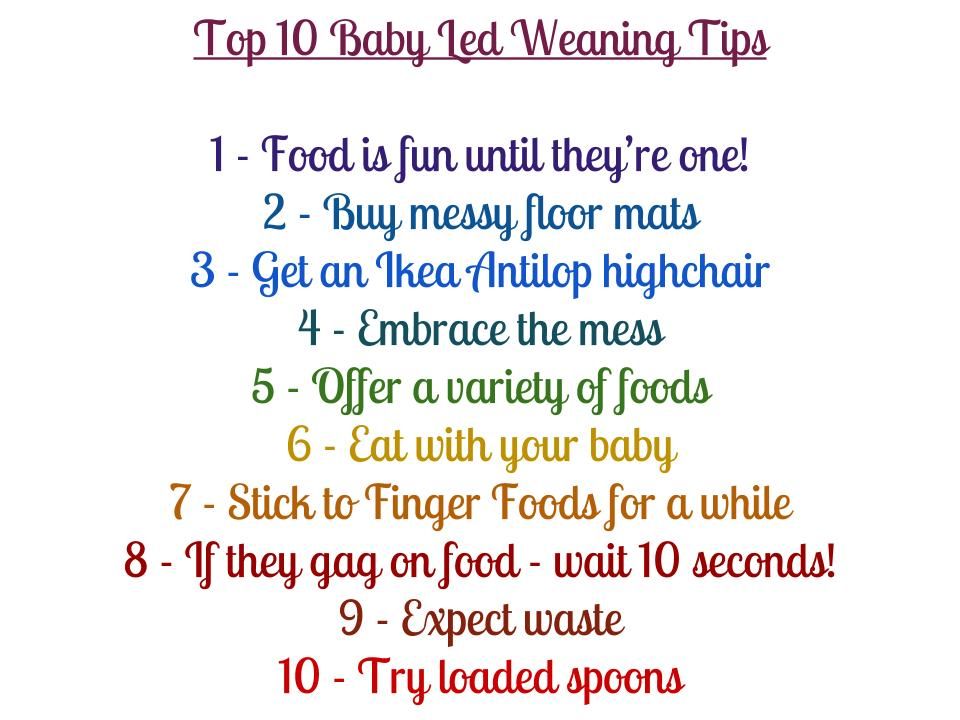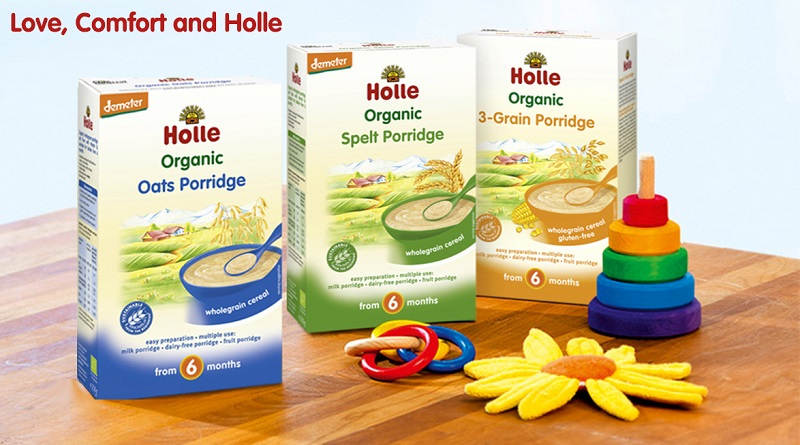Food chart for indian baby
Indian Baby Food Chart with Recipes
Infancy is a stage of a new born baby from birth till the age of 1. It is divided into 2 stages – 1 to 6 and 7 to 12 months. The first stage (6 months) the new-born is exclusively breast fed and totally dependent on the mother for all his / her nutritional needs. The lactating mum has to eat a well-balanced and nourished diet to meet all the requirement of the baby.
The second stage (7 to 12 months) is the stage of WEANING. It is a period of experiments both for the mother and the baby. Most paediatricians recommend weaning gradually over a period of time with home-cooked foods like Dal and Vegetable Mash made with love by the mother.
Dal and Vegetable Mash ( Baby and Toddler )
When you begin weaning, the questions that uppermost in your mind are What to wean? How much to wean? What nutrients are necessary? etc.
Listed below are the important nutrients essential for infants, along with their functions and food sources that will provide these nutrients.
1. Energy: It is necessary for..
- Healthy growth and development
- Required for our daily activities
The main sources are..
- Cereals such as wheat, rice, bajra, jowar etc.
- Dals and pulses such as moong dal, chana etc.
- Dairy products like milk, curds, paneer etc.
- Fruits, vegetables and their juices.
Moong Dal Khichdi is one of the most easily digestible foods for new born.
Moong Dal Khichdi for Babies
2. Protein: It is necessary for..
- Skeletal as well as muscular growth and development.
- Maintenance and repair of body cells.
The main sources are..
- Dals and pulses such as moong dal, chana dal, matki etc.
- Dairy products such as milk, curds, paneer etc.
- Nuts like almonds, walnuts etc.
Paneer Walnut Puree is a protein rich treat for babies over 8 months.
Walnut Paneer Puree for Babies
3. Carbohydrates: It is necessary..
- To provide heat and energy to the body.
The main sources are..
- Whole grains and its products like wheat, rice, oats, jowar etc.
- Vegetables like potato and yam.
- Fruits like banana, chickoo, avocado, mango etc.
Begin with Banana Puree for Babies and then introduce Jowar Porridge for Babies.
Banana Puree for Babies
4. Fat: It is..
- A concentrated source of energy.
- Carrier of fat-soluble vitamins like vitamin A, D, E and K.
- Needed for healthy development of baby’s brain.
The main sources are..
- Visible fats like ghee and oil.
- Invisible fat, which as the name suggests, is the hidden fat present in all foodstuffs like nuts, oilseeds, cereals, etc.
Use small quantity of ghee to make a healthy one dish meal like Vegetable Khichdi for Babies and Toddlers.
Vegetable Khichdi for Babies and Toddlers
5. Calcium: It is necessary for..
- Formation and strengthening of bones and teeth.
The main sources are..
- Dairy products such as milk, curds, paneer etc.
- Dark green leafy vegetables such as broccoli, spinach, fenugreek etc.
- Sesame seeds (til) and ragi (nachni),
- Dals and pulses like masoor dal, urad dal etc.
- Sprouts.
Ragi Uttapa, a soft food, is sure to tickle your baby’s taste bud.
Ragi Uttapa for Babies and Toddlers
6. Iron: It is necessary for..
- The formation of haemoglobin which supplies oxygen to all the cells in our body.
- Production of red blood cells.
The main sources are..
- Dark green leafy vegetables such as spinach, cow pea leaves, fenugreek etc.
- Nuts such as almonds, walnuts etc.
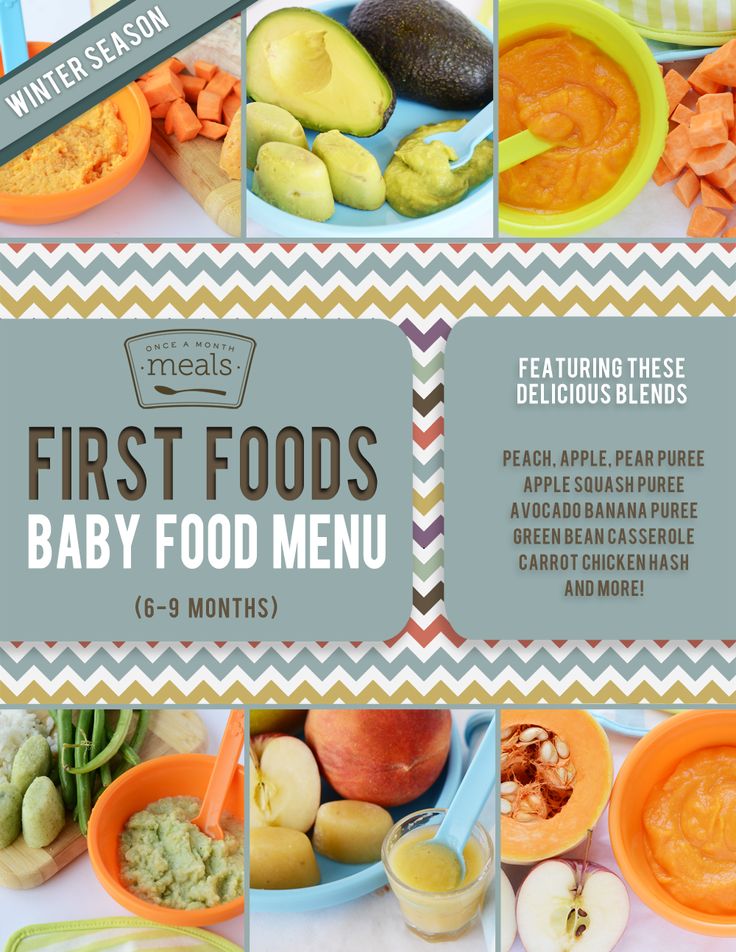 and oilseeds such as sesame seeds (til).
and oilseeds such as sesame seeds (til). - Dried dates.
- Whole grain cereals and pulses such as bajra, jowar, cow pea (chawli), moong etc.
- Jaggery (in moderation as recommended by your paediatrician)
Try the Jowar Ragi and Date Porridge for breakfast.
Jowar Ragi and Date Porridge for Babies
7. Vitamin A: It is necessary for..
- Healthy skin.
- Normal process of growth and vision.
- Strengthening of tooth enamel.
- Increasing immunity and provides protection from diseases.
The main sources are..
- Dark green leafy vegetables such as fenugreek, spinach etc.
- Yellow, orange fruits and vegetables like carrots, pumpkin, papaya etc.
- Dairy products such as milk, curds, paneer etc.
In the beginning months, Carrot Juice for Babies is loved by most babies. Try it out.
Carrot Juice for Babies
8.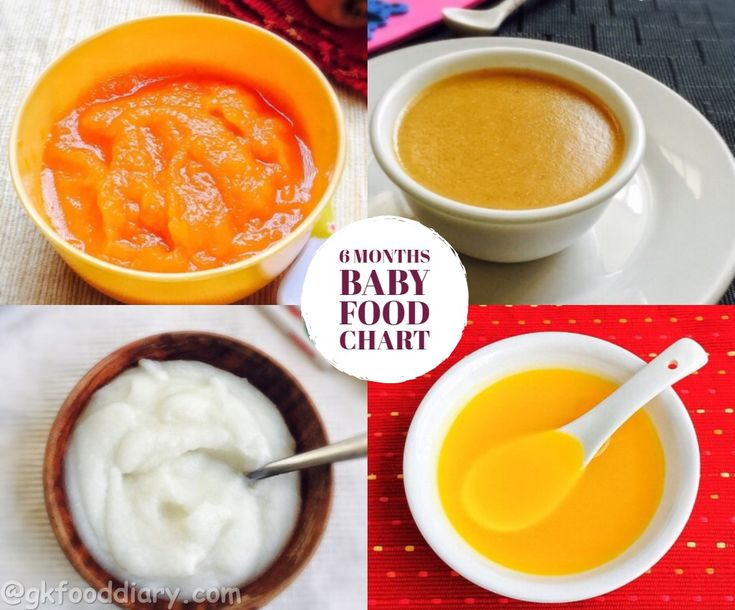 Vitamin B1 (Thiamin): It is necessary for..
Vitamin B1 (Thiamin): It is necessary for..
- Providing energy.
- Improving nerve metabolism.
The main sources are..
- Cereals such as wheat, rice, dalia, jowar, etc.
- Leafy vegetables like fenugreek and spinach.
Combine a few of these ingredients to make Vegetable Dalia Khichdi for Babies and Toddlers.
Vegetable Dalia Khichdi for Babies and Toddlers
9. Vitamin B2 (Riboflavin): It helps in
- Promoting healthy skin.
- Providing energy from protein, carbohydrates and fats.
The main sources are..
Palak Paneer Rice for Babies and Toddlers
- Dairy products such as milk, curds, paneer etc.
- Green leafy vegetables such as cow pea leaves, colocasia, spinach etc.
- Cereals such as wheat, rice, bajra etc.
- Dals and pulses such as moong dal, rajma, etc.
From Rice Mash to Palak Paneer Rice for Babies and Toddlers can be tried as a process of weaning.
Rice Mash for Babies
10. Vitamin B3 (Niacin): It helps in
- Helps in metabolising protein, carbohydrate and fats and supplies energy.
The main sources are..
- Whole cereals such as barley, wheat etc.
- Dals and pulses like chana dal, moong etc.
- Groundnuts.
Try finger food like Roti ladoo after 10 months of age.
Roti Ladoo
11. Vitamin B6 (Pyridoxine): It helps..
- In the breakdown of proteins and fats.
The main sources are..
- Cereals such as wheat, jowar etc.
- Vegetables like broccoli and potato.
Include Potato and Vegetable Soup for Babies and Toddlers in between meals for your little one.
Potato and Vegetable Soup for Babies and Toddlers
12. Folic Acid: It helps in..
- Multiplication and formation of new cells.

- Aids in brain development.
The main sources are..
- Vegetables such as cluster beans, spinach, peas, broccoli, beetroot, tomato, ladies finger, potato (especially with skin on) etc.
- Cereals like bajra, wheat and pulses like rajma, moong etc.
- Nuts like almonds, walnuts etc. and oilseeds such as sesame seeds (til).
Once the baby is used to spinach and masoor dal individually try combining it in the form of Palak Masoor Dal for Babies and Toddlers. You can serve this by the end of 1st year. This is the time when babies learn to eat all that is cooked at home.
Palak Masoor Dal for Babies and Toddlers
13. Vitamin C: It is necessary for…
- Strengthening your baby's immunity and protects him/her from infections.
- Promotes development of teeth, skin, muscles, bones and cartilage.
- Aids in the absorption of iron present in the food.
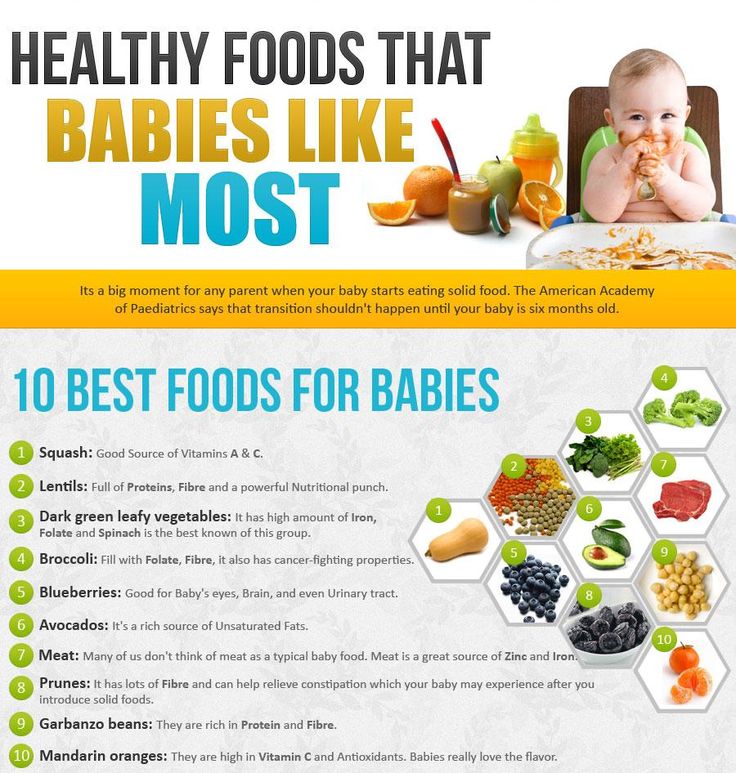
The main sources are..
- Citrus fruits like orange, guava, lemon, sweet lime etc.
- Other fruits like amla
- Vegetables such as broccoli and capsicum, coriander and cabbage.
Begin with a strained Orange Juice and in later months serve unstrained juice. Remember to serve them immediately to get most of the benefit. Do not refrigerate and serve.
How To Make Orange Juice At Home, Orange Juice in Juicer, Mixer, Blender
14. Vitamin D: It helps in..
- The utilization of calcium in the body, which in turn makes the bones healthy.
The main sources are..
- Can be manufactured by our body in the presence of sunlight
- Milk and eggs.
15. Vitamin E: It is necessary for…
- Maintaining healthy cells and skin.
- It helps builds resistance to fight diseases.
The main sources are. .
.
- Vegetable oils like corn oil, safflower oil, etc.
- Cereal grains like wheat, wheat germ, bajra, jowar etc.
- Dark green leafy vegetables like spinach and fenugreek.
Serve Bajra Porridge to your bundle of joy. It satiates them and fulfils the need of many nutrients. It’s a completely healthy meal option.
Bajra Porridge for Babies
| NUTRIENTS | IMPORTANT FUNCTIONS | SOURCES |
|---|---|---|
| Energy | *Healthy growth and development *Required for our daily activities | *Cereals such as wheat, rice, Bajra etc. *Dals and pulses such as moong dal, Rajma etc. *Dairy products like milk, Curds, Paneer etc. *Fruits, vegetables and their juices |
| Protein | *Skeletal as well as muscular growth and development *Maintenance and repair of cells | *Dals and pulses such as moong dal, Chana Dal, chana etc. *Dairy products such as milk, curds, paneer etc. 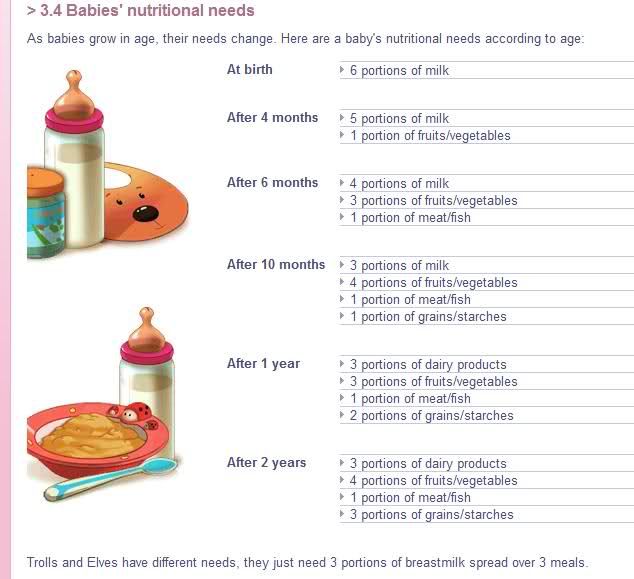 |
| Carbohydrates | *Extremely necessary to provide heat and energy to the body. | *Whole grains and its products like whole wheat, rice, Jowar etc. *Vegetables like Potato and Yam *Fruits like banana, Chickoo, mango etc. |
| Fat | *Serves as a concentrated source of energy *Carrier of fat-soluble vitamins like vitamin A, D, E and K *Healthy development of brain | *Visible fats and oils like sunflower, corn, peanut, olive etc. *Invisible fat, which as the name suggests, is the hidden fat present in all foodstuffs like nuts, oilseeds, cereals, etc. |
| Calcium | *Formation and strengthening of bones and teeth | *Dairy products such as milk, curds, paneer etc. *Dark green leafy vegetables such as Broccoli, Spinach, Fenugreek etc. *sesame seeds (til) and Ragi (Nachni) *Dals and pulses like Masoor Dal, urad dal etc. *Sprouts |
| Iron | *Essential for the formation of haemoglobin which supplies oxygen to all the cells in our body *Production of red blood cells | *Dark green leafy vegetables such as spinach, cow pea leaves, fenugreek etc. *Nuts such as Almonds, Walnuts etc. and oilseeds such as Sesame Seeds(til) and garden cress seeds (aliv / halim) *Dried fruits like raisins, dates etc. *Whole grain cereals and pulses such as bajra, cow pea ( Chawli), dry peas, etc. *Jaggery (in moderation as recommended by your paediatrician) |
| Zinc | *Overall growth and development *Promotes brain development | *Whole grains like bajra, ragi (nachni), wheat etc. *Pulses like whole Bengal gram, cow pea (chawli) |
| Vitamin A | *Required for healthy skin *Normal process of growth and vision *Strengthening of tooth enamel *Increases immunity and provides protection from diseases | *Dark green leafy vegetables such as fenugreek, spinach etc. *Yellow, orange fruits and vegetables like Carrots, Pumpkin, tomatoes, papaya etc. *Dairy products such as milk, curds, paneer etc. |
| Vitamin B1 (Thiamin) | *Helps in providing energy *Improves nerve metabolism | *Cereals such as wheat, rice, jowar, etc. *Leafy vegetables like fenugreek and spinach |
| Vitamin B2 (Riboflavin) | *Promotes healthy skin *Helps in providing energy from protein, carbohydrates and fats | *Dairy products such as milk, curds, paneer etc. *Green leafy vegetables such as cow pea leaves, colocasia, spinach etc. *Cereals such as wheat, rice, bajra etc. *Dals and pulses such as moong dal, rajma, etc. |
| Vitamin B3 (Niacin) | *Helps in metabolising protein, carbohydrate and fats and supplies energy | *Whole cereals such as barley, wheat etc. Dals and pulses like chana dal, moong etc. *Groundnuts |
| Vitamin B6 (Pyridoxine) | *Helps in the breakdown of proteins and fats | *Cereals such as wheat, jowar etc. *Vegetables like broccoli and potato |
| Folic Acid | *Multiplication and formation of new cells formation of new cells | *Vegetables such as cluster beans, spinach, peas, broccoli, beetroot, tomato, ladies finger, potato (especially with skin on) etc.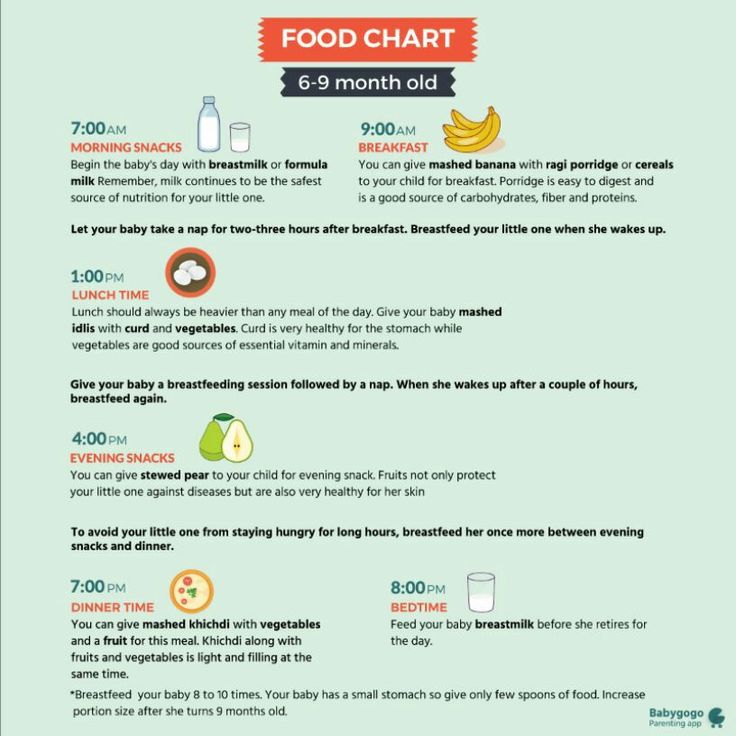 *Cereals like bajra, wheat and pulses like rajma, moong etc. *Nuts like almonds, walnuts etc. and oilseeds such as sesame seeds (til). |
| Vitamin C (Ascorbic acid) | *Strengthens your baby's immunity and protects her from infections *Promotes development of teeth, skin, muscles, bones and cartilage *Aids in the absorption of iron present in the food | *Citrus fruits like orange, guava, lemon, sweet lime etc. *Other fruits like amla *Vegetables such as broccoli, capsicum, coriander and cabbage |
| Vitamin D | *Aids in the utilization of calcium in the body, which in turn makes the bones healthy. | *Can be manufactured by our body in the presence of sunlight *Milk and eggs |
| Vitamin E | *Essential for maintaining healthy cells and skin | *Vegetable oils like corn oil, safflower oil, etc. *Cereal grains like wheat, wheat germ, bajra, jowar etc. *Dark green leafy vegetables like spinach and fenugreek |
Other related articles on this :
Daily Food Guide for Toddlers
Recommended Daily Allowance for Infants and Toddlers
Guide to Weaning
Best food for feeding Mothers to get more milk
When and how much to feed your Baby
Components of Breast Milk
Recipes for Baby (10 to 12 Months)
We would love to hear from you if you liked the article.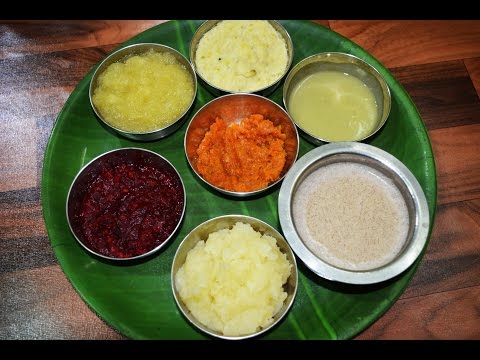 Please post your comments. Thanks!
Please post your comments. Thanks!
indian baby food chart with recipes
Baby food chart with recipes for 7 months to 1 year Indian baby & toddlers
By Swasthi on August 6, 2022, Comments,
Indian baby food chart along with a list of tried & tested 60 Indian baby food recipes. Thanks to the readers who led me to this post on Indian baby food chart. Before I take you to the details of the food chart and the food recipes, please be informed that this post is based on my experience. I have honestly expressed my views and opinions on easy baby weaning so that it could be helpful to new mothers.
Please read the comments below before posting your queries since similar queries may have been answered.
Well, some of my tips might look like old wives tales since they are based on Ayurveda, but I do trust them in growing healthy and happy babies. However I suggest consulting your elders or pediatrician before you follow any new foods or tip that have been mentioned here.
For the past several years, I have been consistently sharing & updating baby recipes especially for a good weight gain. You can find all the latest recipes or ideas on the baby toddler recipes section.
Readers who have been asking for suggestions on foods to gain weight, please check this detailed post on best foods for weight gain in babies & toddlers.
Is this baby food chart suitable to my Baby?
This Indian baby food chart is a generalized one suitable for most babies. However i suggest you to use your judgement whether to include or not, certain ingredients in your babies diet based on your babies allergies, intolerance, appetite, likes and dislikes.
I have tried to link most Indian baby food recipes that I have posted earlier on this blog. Many were written almost 5 years ago and are updated regularly with new tips based on the readers reviews.
This Indian baby food chart was developed by me based on what i fed my 2 kids, whose birth weight was 3. 3 kgs and 3.4 kgs. The ideas were basically drawn from the health and baby weaning booklets that were given to us during our visits to the singapore clinics, hospitals and few from clinics in Bangalore.
3 kgs and 3.4 kgs. The ideas were basically drawn from the health and baby weaning booklets that were given to us during our visits to the singapore clinics, hospitals and few from clinics in Bangalore.
This chart is also suitable to babies who were preterm born or were underweight. However I suggest mums with such babies to consult a pediatrician if you are skeptical about these foods.
This post will be updated, to include tips and other information. You can leave a comment here if you want to know anything specific which will be answered. Please feel free to share or discuss your experiences, views, problems that you encounter while weaning your babies in the comment section. It could be helpful to other readers, it’s through sharing we can learn.
When to introduce food to baby – 6 months to 1 year
Here is a brief guide on the right time to introduce foods. But how to introduce them can be found in the recipe posts. Example: Oats or oatmeal – I have mentioned clearly how to choose them and the kind you can use and how to prepare it for a baby.
You can find a a detailed baby food chart for 6 months old baby here along with recipes.
This Indian baby food chart and the baby food recipes have been developed for a good weight gain in babies.
Indian baby food chart for babies above 7 months or from 8 months
| Milk – (skip milk if baby wakes up after 8 am, make a milk based breakfast from breakfast section) |
| One of the following: APPLE RICE CEREAL Quick fix breakfast (for 8 to 18 months): |
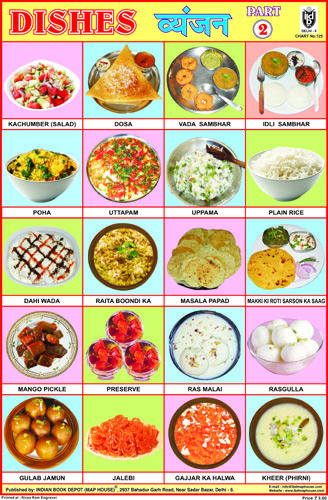 15 am 15 am |
| One of the following: Steamed apple (raw apple for babies older than 12 months) |
| Try using whole grains like RAGI OR FINGER MILLET Try one of the following DALIA KHICHDI (vegetable broken wheat food) For a lighter meal, if the baby has colic mashed rice with dal ka paani with a pinch of ajwain(strained dal soup) |
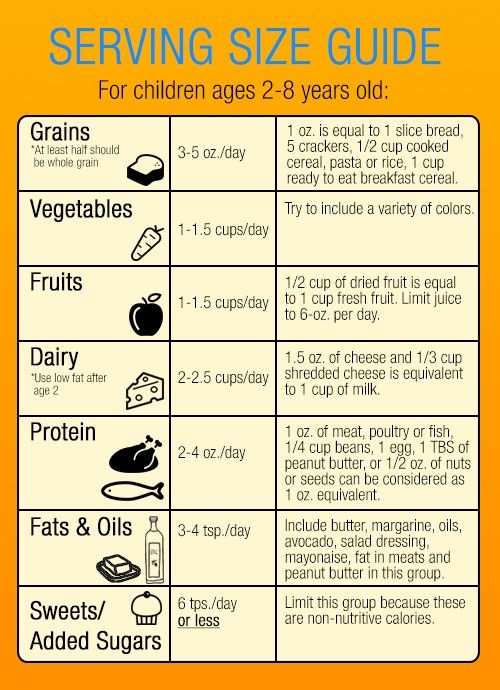 30 to 3 pm 30 to 3 pm |
| Fruits or steam cooked mashed veggies |
| One of the following: Large serving of Milk |
| Please Note: Feeding late can cause indigestion and the infant may not sleep due to colic. Avoid feeding heavy foods. Dinner should always be light, nutritious, mostly vegetable based. For babies from 10 to 12 months prefer light foods from breakfast section. Avoid egg & nuts. Babies above 12 months : Any foods mentioned in the breakfast and lunch can also be served for dinner. Other options mashed rice with dal ka paani (strained dal soup) |
| Large serving of Milk. Make sure there is a gap of at least 1 hour 30 mins in between the completion of dinner and milk. For babies above 12 months: If the baby is still hungry after the milk, can feed some light crackers. |
Related post: how to make ragi flour for babies or toddlers’ porridge
Tips to increase the appetite in babies
1. Try to serve fruits 1 ½ to 2 hours before a meal. They tend to make the infant feel hungry naturally. Do not serve fruit with a meal.
2. Do not mix fruits with dairy especially milk.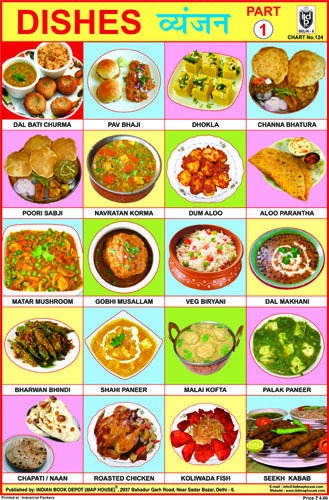 It leads to indigestion.
It leads to indigestion.
3. Babies need exercise, let them play and crawl or run around. Don’t confine them to a small area. For toddlers / babies who can walk, a small walk in the neighborhood before a meal can make them hungry.
General Tips:
1. If you have a very fussy baby, avoid milk in the early morning and serve milk based breakfast mentioned in the table.
2. Serving bread or any other baked stuff to babies, leads to colic or bloating due to the ingredients like baking soda, powder, yeast etc.
3. Limit crackers or biscuits to only once a day, avoiding is however better.
About Swasthi
I’m Swasthi Shreekanth, the recipe developer, food photographer & food writer behind Swasthi’s Recipes. My aim is to help you cook great Indian food with my time-tested recipes. After 2 decades of experience in practical Indian cooking I started this blog to help people cook better & more often at home. Whether you are a novice or an experienced cook I am sure Swasthi’s Recipes will assist you to enhance your cooking skills.
Whether you are a novice or an experienced cook I am sure Swasthi’s Recipes will assist you to enhance your cooking skills.
Follow Swasthi’s Recipes
Email sign up to receive awesome Swasthi’s Recipes in your inbox *
Popular Recipes
Featured Recipes
Union of Pediatricians of Russia
Nutrition for children from 1 to 3 years of age
The period from 1 to 3 years of life is a crucial stage in the transition to an adult type of nutrition, which has certain features. In order to ensure that all the necessary nutrients enter the child's body and at the same time prevent an excess of individual nutrients, nutrition should be balanced and varied.
The daily amount of food for children aged 1 to 1.5 years should be 1000-1200 g, from 1.5 to 3 years - 1200-1500 g, the amount of food in one feeding should not exceed 300-350 ml. The diet consists of three main meals per day and two snacks. It is considered optimal when breakfast is 25% of the total energy density of the diet, lunch is 30–35%, dinner is 20%, and additional meals are about 10%. In general, the child can eat the same food as the rest of the family.
The diet consists of three main meals per day and two snacks. It is considered optimal when breakfast is 25% of the total energy density of the diet, lunch is 30–35%, dinner is 20%, and additional meals are about 10%. In general, the child can eat the same food as the rest of the family.
In the diet of a child of 1–3 years of age , must be present daily: meat of animals or poultry, dairy and sour-milk products, vegetables, fruits, bread, cereals, vegetable and butter; fish and eggs are included in the diet 2-3 times a week.
Cereal products: bread - 2-3 servings per day, cereals and side dishes - 1 time per day
Fruit and/or vegetables: at least 5 times a day
Dairy products: at least 3 servings per day (including those used to make cereals, yoghurts, fermented milk drinks, cottage cheese, infant formula or breast milk).
Domestic pediatricians recommend, when compiling a diet for children aged 1–3 years, preference should be given to specialized children's dairy products of industrial production that meet high quality requirements and safety indicators for this age. Most children's dairy products are additionally enriched with vitamins and/or minerals and other biologically active components, taking into account the physiological needs of children of this age. At the same time, in foreign recommendations, children over 1 year old are offered the gradual introduction of whole cow's milk, which is rich in fats necessary for proper growth and development, the absorption of vitamins A and D, the development of the brain and nervous system of the child.
Most children's dairy products are additionally enriched with vitamins and/or minerals and other biologically active components, taking into account the physiological needs of children of this age. At the same time, in foreign recommendations, children over 1 year old are offered the gradual introduction of whole cow's milk, which is rich in fats necessary for proper growth and development, the absorption of vitamins A and D, the development of the brain and nervous system of the child.
Meat dishes: 2-3 times a day
Fish dishes: 2-3 servings per week
Eggs: 2-3 per week
Dietary fats: 3-4 teaspoons of butter and/or vegetable oils per day
When cooking, use the minimum amount of salt and sugar, and do not add them to industrial products.
Offer your child a variety of foods and let them choose for themselves. Children love to eat on their own, so if possible, offer food that the child can eat with their hands.
It is important to remember that a baby can choke on pieces of food, so whatever you give your baby should be crushed or cut into small pieces that can be easily chewed.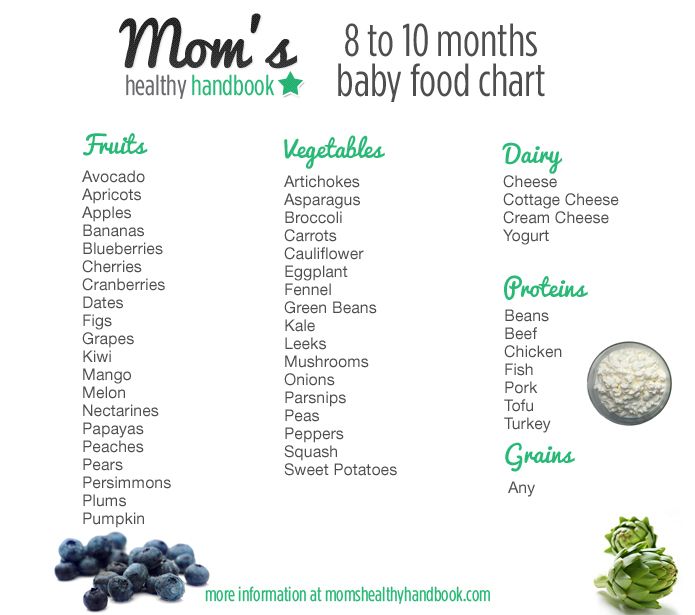
Do not give to a small child: nuts, whole grapes, cherry tomatoes (unless quartered), whole carrots, seeds (such as pumpkin or sunflower seeds), round candies, legumes, raisins, because a child can eat them choke.
Also in the diet of children of the first 3 years of life should not be present:
Mushrooms; canned snacks, pickled vegetables and fruits
Home-preserved canned food
Dry concentrates for side dishes
Hot sauces, mustard, horseradish, pepper, vinegar, mayonnaise
Natural coffee
Juices and drinks in the form of dry concentrates; sweet carbonated drinks
Products containing food additives (flavorings, dyes of artificial origin, including chewing gum), popcorn
Combined fats; cakes and pastries
It is important to remember that children of this age should not be given too spicy and spicy foods.
Caste system in India - Real time
Society
07:00, 09/23/2018 Plot: Land of contrasts
Social injustice in Indian style or the ideal structure of society?
As you know, each country can "boast" a set of stereotypes about it in the world.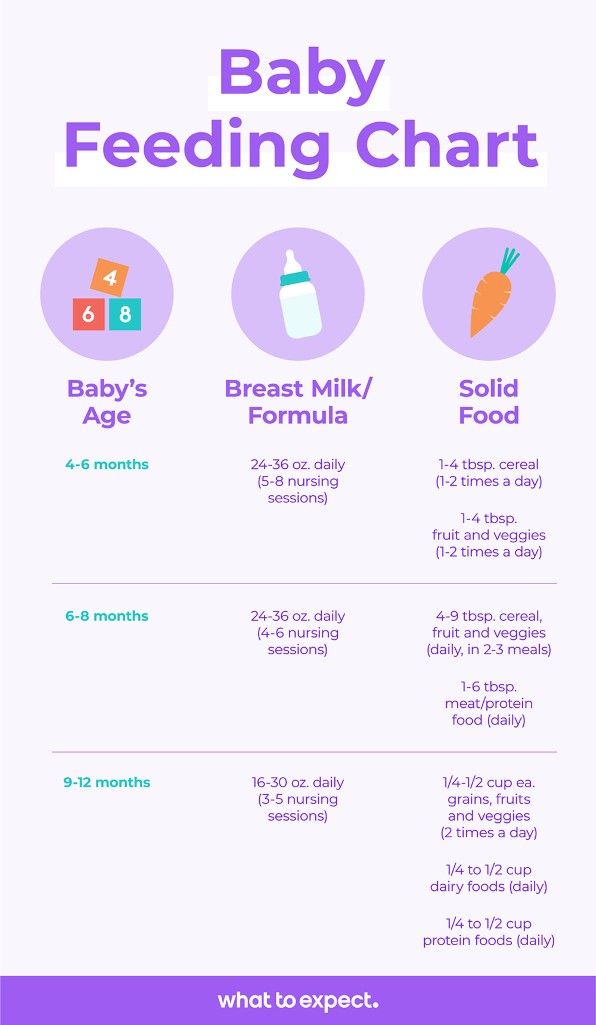 For example, for Russia it is “vodka, frosts, bears”. In the case of exotic India, one such cliché is the caste system. There is a large amount of literature, both scientific and popular, which describes the injustice of the Indian society, divided into castes. The influence of Western democratic thought is usually presented in such works as an exceptional boon, which has led to the fact that today every Indian, regardless of his origin and gender, can get an education, get a job and apply for the office of prime minister. However, castes are a much more complex and interesting phenomenon than it might seem at first glance. I want to share with the readers of Realnoe Vremya the results of my study of this topic and my observations of modern Indian society.
For example, for Russia it is “vodka, frosts, bears”. In the case of exotic India, one such cliché is the caste system. There is a large amount of literature, both scientific and popular, which describes the injustice of the Indian society, divided into castes. The influence of Western democratic thought is usually presented in such works as an exceptional boon, which has led to the fact that today every Indian, regardless of his origin and gender, can get an education, get a job and apply for the office of prime minister. However, castes are a much more complex and interesting phenomenon than it might seem at first glance. I want to share with the readers of Realnoe Vremya the results of my study of this topic and my observations of modern Indian society.
Where does the caste system come from
Let me start with the fact that the caste system is a phenomenon described in ancient scriptures, shastras (Puranas), preserved in India. They say that the structure of society, divided into estates, was created by God himself and is rooted in human nature. However, the very term "caste system" is not found in the scriptures. In Sanskrit, this phenomenon is called "varnasrama-dharma." "Dharma" is translated as "duty" or "an inherent quality of an object." Simply put, the dharma of sugar is to be sweet, and the dharma of salt is to be salty. If sugar ceases to be sweet, it is not following its dharma. In the same way, every living being in the universe, according to this science, must follow his prescribed duty. In general, the concept of dharma is quite complicated, I will not go into it now. In short, I can say that there is a "sanatana-dharma", or "eternal duty" of every person - it is to realize oneself as a soul and return to the spiritual world. And there is a temporary social dharma, one that we must follow depending on those bodily shells, qualities of character and environment that we have received in our current incarnation.
However, the very term "caste system" is not found in the scriptures. In Sanskrit, this phenomenon is called "varnasrama-dharma." "Dharma" is translated as "duty" or "an inherent quality of an object." Simply put, the dharma of sugar is to be sweet, and the dharma of salt is to be salty. If sugar ceases to be sweet, it is not following its dharma. In the same way, every living being in the universe, according to this science, must follow his prescribed duty. In general, the concept of dharma is quite complicated, I will not go into it now. In short, I can say that there is a "sanatana-dharma", or "eternal duty" of every person - it is to realize oneself as a soul and return to the spiritual world. And there is a temporary social dharma, one that we must follow depending on those bodily shells, qualities of character and environment that we have received in our current incarnation.
The varnasrama-dharma system just describes this social duty of a person. The word "varnashrama" consists of two parts - "varna" and "ashram" - these are four estates and four stages of spiritual life. I note right away that most of them are intended for men, we will have a separate conversation about women.
I note right away that most of them are intended for men, we will have a separate conversation about women.
Social structures - varnas
So, according to this system, society is divided into four varnas - brahmins, kshatriyas, vaishyas and sudras. Brahmins are, relatively speaking, the head of society, the intellectual elite. Their main quality is truthfulness and purity. However, these are not just worldly scientists or writers, although indirectly modern intellectuals belong to this psychotype. To be called a Brahmin, a person must lead a pious life, be a scholar of scriptures, be able to perform various religious rites and ceremonies, have no provisions for more than one day, and live very ascetically. I had the good fortune to meet a woman who grew up and was brought up in a brahminical family in South India. Her name is Nrisimha Rakshita, and she is already a widow, so she walks in a white sari, as is customary among the religious people of India. She told me about her life, that since childhood she was taught about cleanliness, getting up early, regular worship of God, rituals in the temple: “My mother was a very pious woman.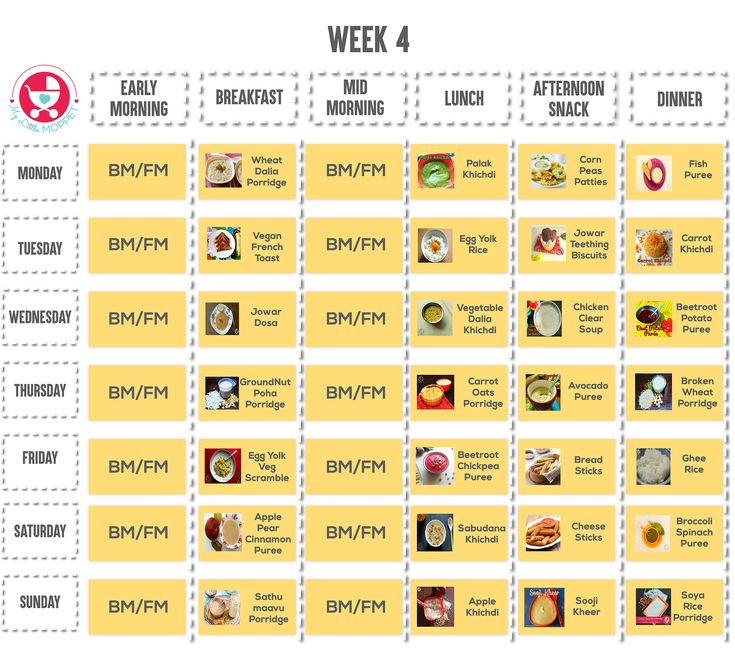 From the very childhood, she occupied us in worship, taught brahminical culture. We participated in the organization of holidays. The mood of the festival always reigned at home. We lived as a big family: all my sisters, brothers, mother, father, father's mother. A very large family. Brahminical culture is based on purity. Everything must be clean, everything must be constantly washed and cleaned. Let's say we couldn't touch anything in the house until we put on clean clothes. And we could not enter the house in dirty clothes, only after washing and changing into dry clean clothes.
From the very childhood, she occupied us in worship, taught brahminical culture. We participated in the organization of holidays. The mood of the festival always reigned at home. We lived as a big family: all my sisters, brothers, mother, father, father's mother. A very large family. Brahminical culture is based on purity. Everything must be clean, everything must be constantly washed and cleaned. Let's say we couldn't touch anything in the house until we put on clean clothes. And we could not enter the house in dirty clothes, only after washing and changing into dry clean clothes.
Brahmins are, relatively speaking, the head of society, the intellectual elite. Their main quality is truthfulness and purity.
Also, brahmins are strictly forbidden to have close contact with people from other castes: “We very strictly ensured that none of the low-born people entered our house, only brahmins. And they didn’t give anything to anyone from other castes, and they never ate outside the house, they ate only what my mother and grandmother cooked.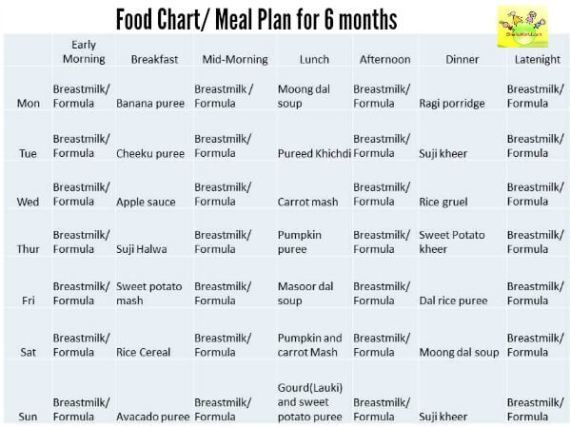 ” The only task of a brahmin is to worship God, study the scriptures and teach. A Brahmin cannot be hired to work for anyone, nor can he demand payment for his work. The only income of a Brahmin is voluntary donations and what he has grown on his plot or collected in the forest. However, the scriptures also say that the duty of kings is to take care of the brahmins (in order for the kingdom to flourish, the demigods sent rains, and the earth gave birth to cereals). In ancient times, kings donated villages, cows and jewels to the Brahmins. However, true brahmins had to distribute all these gifts to others before the end of the day.
” The only task of a brahmin is to worship God, study the scriptures and teach. A Brahmin cannot be hired to work for anyone, nor can he demand payment for his work. The only income of a Brahmin is voluntary donations and what he has grown on his plot or collected in the forest. However, the scriptures also say that the duty of kings is to take care of the brahmins (in order for the kingdom to flourish, the demigods sent rains, and the earth gave birth to cereals). In ancient times, kings donated villages, cows and jewels to the Brahmins. However, true brahmins had to distribute all these gifts to others before the end of the day.
Kshatriyas are warriors and administrators, kings and leaders. They are figuratively called the hands of society. The qualities of kshatriyas are courage, justice, nobility, the desire to protect the weak. Simply put, these are those who are in power. Their duty is to ensure that everyone in the country is happy and leads a righteous life. At the same time, they must obey the brahmins in everything and regularly consult with them on various issues of governing the country or village. Kshatriyas are allowed to have wealth, a house, servants, but they must not only collect taxes and sign laws, the ancient texts say that it is the ruler of the country who is responsible for everything that happens in it: from the economy to the weather and the death rate. For example, if the son dies before the father, this is imputed to the fault of the king. And under his protection are not only people, but also other "citizens" of the country - animals, plants and even insects. There are many wonderful stories about the kshatriyas of the past in the scriptures. For example, the story of Maharaja Shibi. Once a dove and an eagle flew into his chambers. The eagle wanted to eat the dove, but the king stopped him. Then the eagle turned to him: “I understand that your duty is to protect your subjects, so you are saving the dove. But I am hungry, and it is your duty also to satisfy my appetite and feed me meat." Then Maharaj Shibi began to cut off the flesh from himself to give it to the eagle.
Kshatriyas are allowed to have wealth, a house, servants, but they must not only collect taxes and sign laws, the ancient texts say that it is the ruler of the country who is responsible for everything that happens in it: from the economy to the weather and the death rate. For example, if the son dies before the father, this is imputed to the fault of the king. And under his protection are not only people, but also other "citizens" of the country - animals, plants and even insects. There are many wonderful stories about the kshatriyas of the past in the scriptures. For example, the story of Maharaja Shibi. Once a dove and an eagle flew into his chambers. The eagle wanted to eat the dove, but the king stopped him. Then the eagle turned to him: “I understand that your duty is to protect your subjects, so you are saving the dove. But I am hungry, and it is your duty also to satisfy my appetite and feed me meat." Then Maharaj Shibi began to cut off the flesh from himself to give it to the eagle. The story ended well, because the demigods turned out to be the dove and the eagle, who so decided to test the king. Another well-known personality in India today, in whose time all Hindus still dream, is Ramachandra, who ruled the Earth many millennia ago and is glorified as the incarnation of God and the most righteous king. It is described that in his time the planet prospered: there were no wars, cataclysms, droughts, diseases on it, and people lived happily ever after.
The story ended well, because the demigods turned out to be the dove and the eagle, who so decided to test the king. Another well-known personality in India today, in whose time all Hindus still dream, is Ramachandra, who ruled the Earth many millennia ago and is glorified as the incarnation of God and the most righteous king. It is described that in his time the planet prospered: there were no wars, cataclysms, droughts, diseases on it, and people lived happily ever after.
The next class is the vaishyas, or merchants, the "body" of society. They are instructed in the shastras to protect cows, cultivate fields, produce food and supply it to other members of society. They must donate up to half of their income for religious purposes and take care of subordinates. These are practical economical people who know how to make a profit out of everything, in other words, businessmen.
The vaishyas or merchants are the “body” of society. They are instructed in the shastras to protect cows, cultivate fields, produce food and supply it to other members of society
The last class are the sudras, the feet of society, the wage laborers.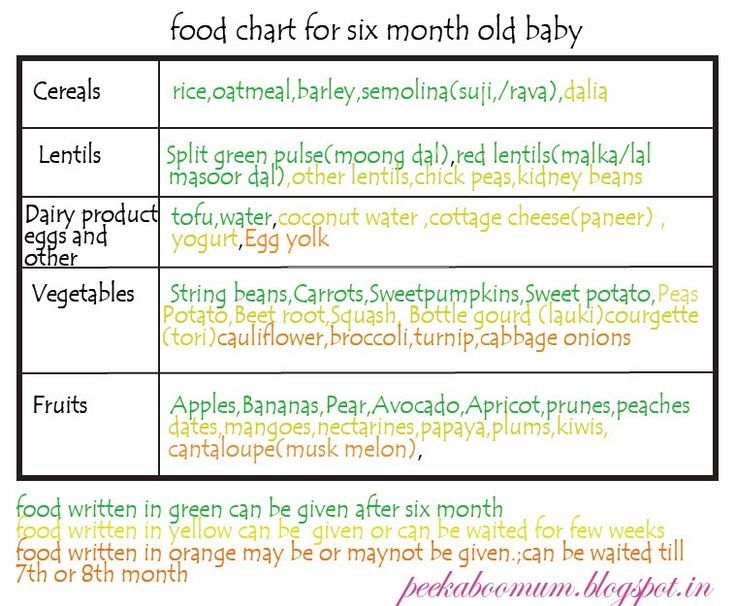 Shudras include artisans, representatives of mass art, workers in factories and factories. They are good performers, happy to do things with their own hands, find satisfaction in creativity and dependence on others.
Shudras include artisans, representatives of mass art, workers in factories and factories. They are good performers, happy to do things with their own hands, find satisfaction in creativity and dependence on others.
All components are important in the social organism - the head, the arms, the torso, and the legs. However, the head, of course, is especially important, because without it working properly, all other parts will not be able to receive the correct commands. Therefore, representatives of the three varnas are ordered to listen to the brahmins and follow religious norms. In particular, it is forbidden to eat meat, have sexual relations outside of marriage, smoke, drink alcohol, earn a livelihood dishonestly. People who do this are called mlecchas, that is, people outside the civilized society.
Also in the scriptures, I found another class of people - this is varna-sankara, that is, people with mixed varna. These include children born out of wedlock. It is believed that such people do not understand their nature and their purpose. They rush between different areas of activity, but in none of them they can achieve success.
They rush between different areas of activity, but in none of them they can achieve success.
Not by birth, but by qualities
Most often, a person received varna by birth. This, however, is not difficult to understand: having been born into a Brahmin family, the child learned from childhood to conduct religious ceremonies, studied philosophy, and adhered to certain rules of cleanliness (on this topic, you can read the article “Urban dirt of the cleanest people in the world”). By adopting the qualities of the parents, the child naturally acquired a propensity for brahminical activities.
However, nowhere in the shastras can one find a statement that a person is deprived of the opportunity to change his position and, for example, being born in a vaishya family, cannot become a brahmin. On the contrary, I find many other stories there: in the Srimad-Bhagavatam, it is described how the boy Narada was born in the family of a sudrani, or maidservant. Then he became acquainted with the brahmins whom his mother served, listened to their stories, and gradually he developed a penchant for religious activities. He left home and became a hermit, in India he is still revered and extolled as a saint. The opposite situation is also true: if a child is born in a brahmin family, but he does not have a taste for reading books and an ascetic life, he should not be considered a brahmin either.
He left home and became a hermit, in India he is still revered and extolled as a saint. The opposite situation is also true: if a child is born in a brahmin family, but he does not have a taste for reading books and an ascetic life, he should not be considered a brahmin either.
In other words, the division into varnas or classes in the original system of varnasrama-dharma depends on the level of consciousness and qualities of a person. According to this philosophy, a person does not come into the world as a blank sheet, he has certain inclinations from a past life, shaped by his activities and desires. Therefore, beauty, education, wealth and the level of renunciation are predetermined, which excludes grumbling against fate, since everyone gets what he deserves.
Nowhere in the shastras can one find a statement that a person is deprived of the opportunity to change his position and, for example, being born in a vaishya family, cannot become a brahmin
This approach is very different from our usual view of the education system.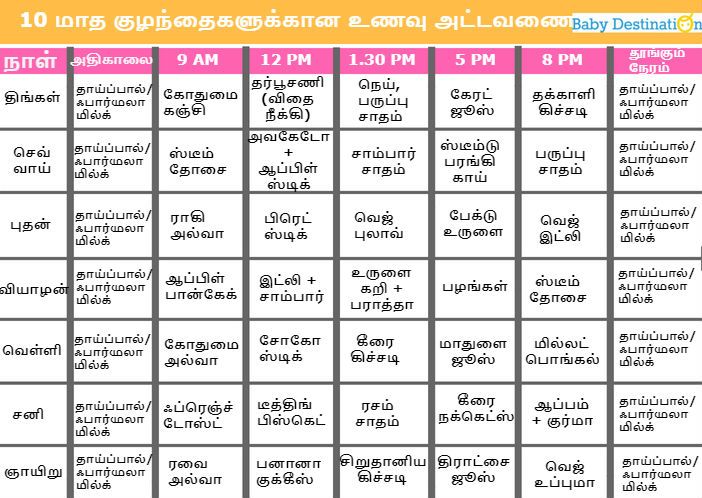 Varnashrama insists that a person occupy a position in society, not only because he has acquired some professional skills, but, above all, because he has certain qualities. For example, today anyone can get a diploma in public service. But does he have the qualities inherent in the nature of a kshatriya (that is, the desire to protect the weak, a sense of justice and honesty). And what will happen if such a person is by nature a vaishya, that is, an entrepreneur? Having taken the chair of an official, first of all, he will take care of economic prosperity and profit, putting the social needs of the population at best in second place. I think it will not be difficult for us to give a lot of examples from modern life confirming this idea.
Varnashrama insists that a person occupy a position in society, not only because he has acquired some professional skills, but, above all, because he has certain qualities. For example, today anyone can get a diploma in public service. But does he have the qualities inherent in the nature of a kshatriya (that is, the desire to protect the weak, a sense of justice and honesty). And what will happen if such a person is by nature a vaishya, that is, an entrepreneur? Having taken the chair of an official, first of all, he will take care of economic prosperity and profit, putting the social needs of the population at best in second place. I think it will not be difficult for us to give a lot of examples from modern life confirming this idea.
Four stages of the spiritual order - ashrams
Now let's look at the four stages of spiritual life, or ashrams (the word "ashram" is translated as "abode, refuge") - brahmachari, grhastha, vanaprastha and sannyasa.
Brahmachari is a period of sexual abstinence prescribed for boys up to 25 years of age.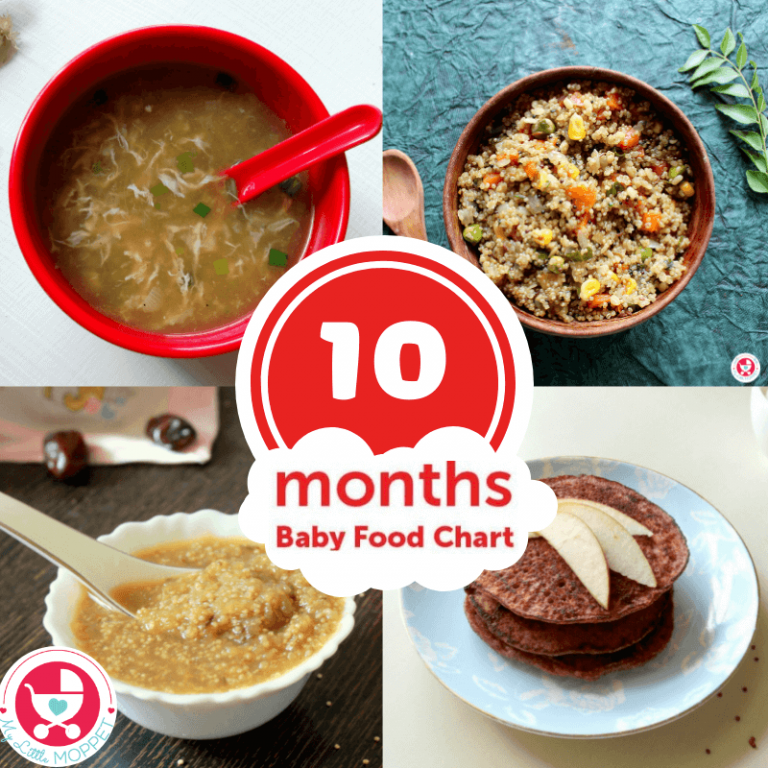 From childhood, boys, depending on their inclinations, are taught spiritual and applied sciences. For example, in Brahminic and Kshatriya families, the boy is sent to the Gurukula - this is a school where he lives without parents from about the age of five and studies the scriptures and various languages. After 25 years (the lower the varna, the shorter the terms), the young man decides whether he will marry or remain a brahmacari, that is, a monk, for life.
From childhood, boys, depending on their inclinations, are taught spiritual and applied sciences. For example, in Brahminic and Kshatriya families, the boy is sent to the Gurukula - this is a school where he lives without parents from about the age of five and studies the scriptures and various languages. After 25 years (the lower the varna, the shorter the terms), the young man decides whether he will marry or remain a brahmacari, that is, a monk, for life.
After 25 years, a young man decides whether he will marry or remain a brahmachari, that is, a monk for life content as prescribed by Varna. After 50 years, having married off his daughters and married his sons, a man must leave the duties of a family man and gradually move away from all affairs. He needs to prepare for inevitable death and develop renunciation of the world by traveling to holy places and living a simple ascetic life. The wife may follow him, but they voluntarily renounce sexual intimacy. For example, I saw an interesting picture in one holy place this year, on Govardhana.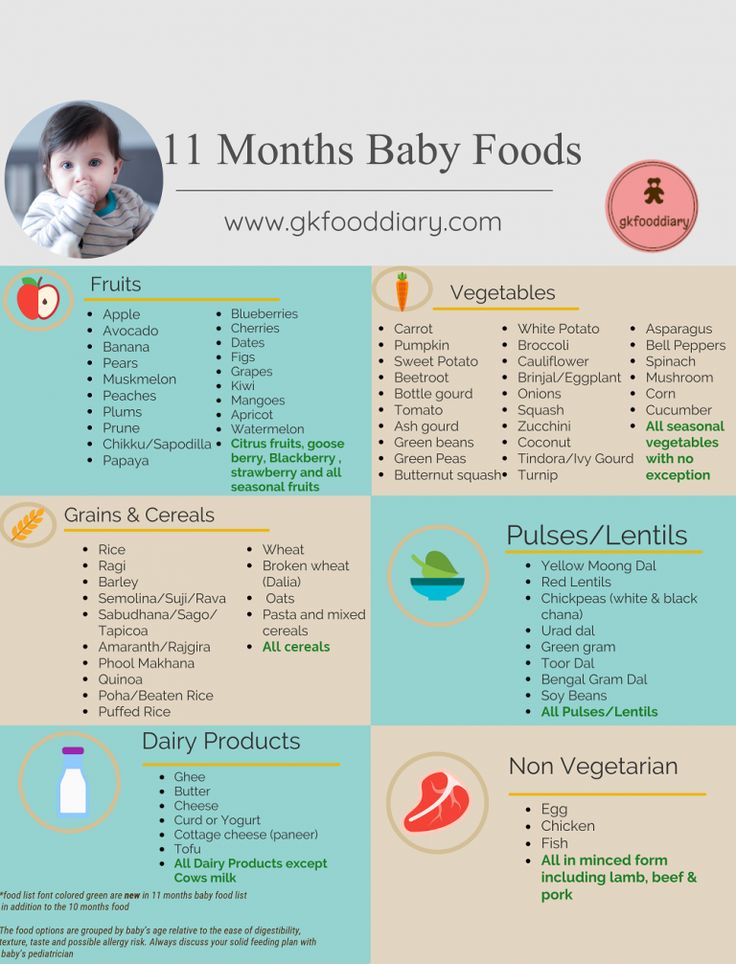 Arriving there, pilgrims usually perform a ritual - they go around once around the huge Govardhan hill. Particularly ascetic men move around him not with steps, but with full bows - dandavats, that is, they lie down on the ground, stretch their arms forward and lay a stone, then stand in the place of a stone and lie down again. And I saw how an elderly husband and wife, apparently having taken vanaprastha, went around the hill in this way: the husband lay down on the mat in full bow, and the wife, who was rolling a suitcase on wheels behind him (all their belongings), at that moment touched his feet. , and then his head, thus also as if making a bow with him. So slowly for several days they went around Govardhana, settling down for the night, without moving from their place, right on the street.
Arriving there, pilgrims usually perform a ritual - they go around once around the huge Govardhan hill. Particularly ascetic men move around him not with steps, but with full bows - dandavats, that is, they lie down on the ground, stretch their arms forward and lay a stone, then stand in the place of a stone and lie down again. And I saw how an elderly husband and wife, apparently having taken vanaprastha, went around the hill in this way: the husband lay down on the mat in full bow, and the wife, who was rolling a suitcase on wheels behind him (all their belongings), at that moment touched his feet. , and then his head, thus also as if making a bow with him. So slowly for several days they went around Govardhana, settling down for the night, without moving from their place, right on the street.
At the next stage of life, a man takes sannyas - complete renunciation of the world (however, a person can take sannyas even earlier, if he leaves the family way of life). After initiation into sannyas, he is considered dead to society and breaks all family ties.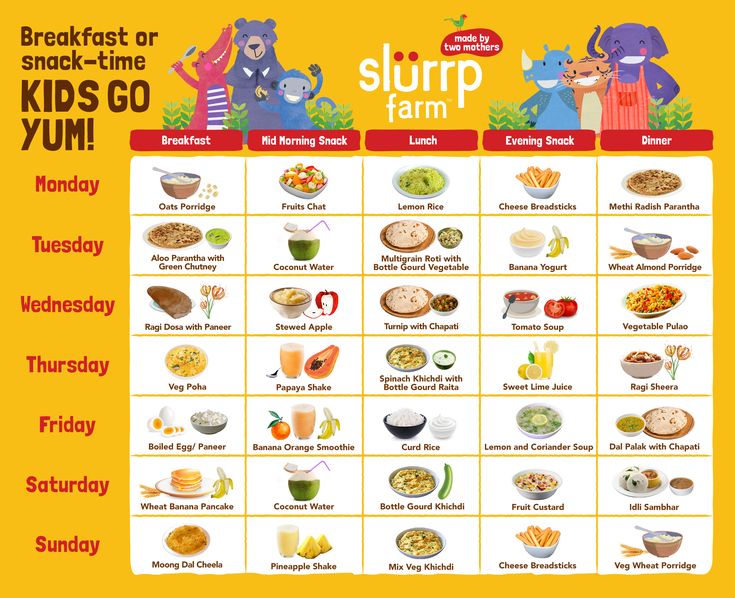 The wife can no longer live next to him, she returns to her children. The main quality of a sannyasi is fearlessness, because now he depends only on God for all his needs. He may live in seclusion somewhere in a holy place, or he may move from city to city, preaching to people. A sannyasi lives on donations, he cannot have his own house and more things than is necessary to maintain the soul in the body. In the past, very strict requirements were imposed on sannyasis, for example, they could only walk, they were not allowed to ride a wagon, they could not light a fire for cooking. I know that there are still people in India who observe many of these rules: they sleep only on the bare floor, they deliberately avoid contact with women.
The wife can no longer live next to him, she returns to her children. The main quality of a sannyasi is fearlessness, because now he depends only on God for all his needs. He may live in seclusion somewhere in a holy place, or he may move from city to city, preaching to people. A sannyasi lives on donations, he cannot have his own house and more things than is necessary to maintain the soul in the body. In the past, very strict requirements were imposed on sannyasis, for example, they could only walk, they were not allowed to ride a wagon, they could not light a fire for cooking. I know that there are still people in India who observe many of these rules: they sleep only on the bare floor, they deliberately avoid contact with women.
Women's lot - stri-dharma
Women have a special position in the varnashrama system. They are enjoined to follow stri-dharma, or womanly duty, which means to be a faithful wife and a good mother. Traditionally, women were educated at home, they learned how to cook deliciously, maintain a household, and also acquired other skills depending on which family they were born into.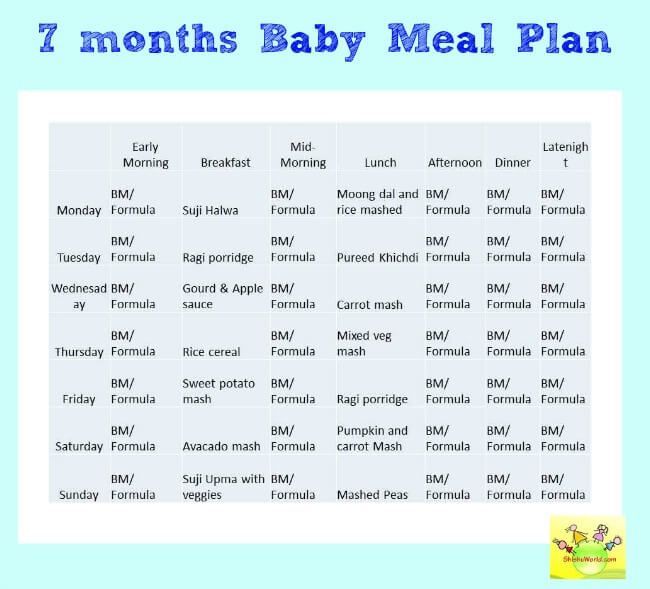 For example, if a girl is brought up in a Brahmin family, she is taught from an early age to help her mother and father in organizing religious festivals, she knows various mantras and prayers and gets used to living without luxury and comfort. Therefore, it is natural that they mainly tried to marry a girl from the brahminical class to a brahmin, because in this case they have similar qualities and goals in life. However, it is allowed that the wife was from the estate one step lower. The scriptures say that a husband should be older than his wife in everything so that she can naturally respect him - his social position should be higher, he should be smarter than his wife, taller than her and older in age (more on the position of a woman in India You can read my article "Why Indian Women Don't Get Feminist").
For example, if a girl is brought up in a Brahmin family, she is taught from an early age to help her mother and father in organizing religious festivals, she knows various mantras and prayers and gets used to living without luxury and comfort. Therefore, it is natural that they mainly tried to marry a girl from the brahminical class to a brahmin, because in this case they have similar qualities and goals in life. However, it is allowed that the wife was from the estate one step lower. The scriptures say that a husband should be older than his wife in everything so that she can naturally respect him - his social position should be higher, he should be smarter than his wife, taller than her and older in age (more on the position of a woman in India You can read my article "Why Indian Women Don't Get Feminist").
Women are instructed to follow stri-dharma, or women's duty, which means being a faithful wife and good mother
Degeneration into the caste system
In the scriptures, varnashrama-dharma is called the ideal system of human society.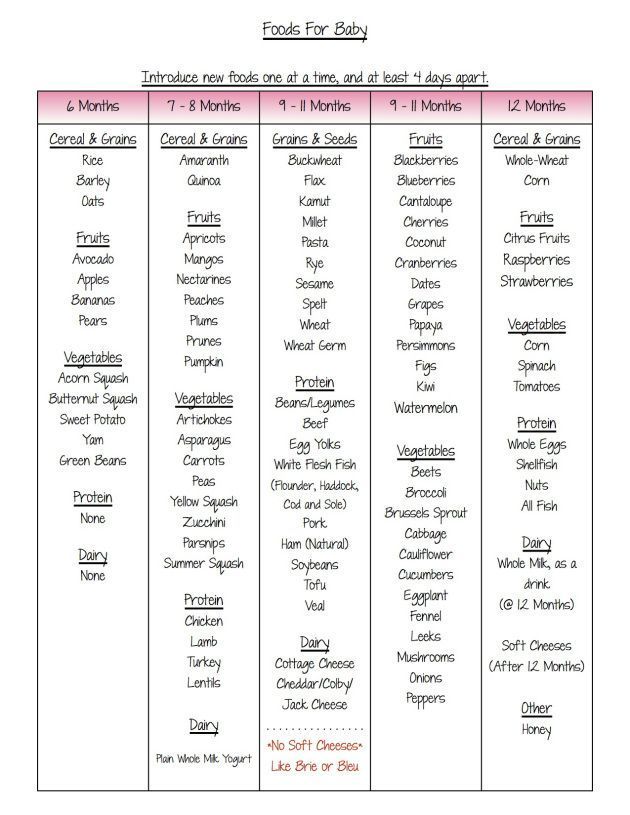 Its original purpose is to streamline people's lives. In such a system, responsibilities are clearly distributed among members of society, everyone knows from birth what they will do. This system, in its ideal form, eliminates the stress generated by competition and career growth, since justice is based not on the level of social benefits, but on the platform of spirituality - everyone, regardless of their position in the material world, can engage in spiritual practice, and this is considered here as the highest form of justice. Varnashrama is based on strict moral requirements and religious prescriptions, which should gradually elevate the consciousness of a person. It is said that a sudra who properly performs his duty in the next life can be born as a vaishya and thus gradually rise to the rank of brahmana.
Its original purpose is to streamline people's lives. In such a system, responsibilities are clearly distributed among members of society, everyone knows from birth what they will do. This system, in its ideal form, eliminates the stress generated by competition and career growth, since justice is based not on the level of social benefits, but on the platform of spirituality - everyone, regardless of their position in the material world, can engage in spiritual practice, and this is considered here as the highest form of justice. Varnashrama is based on strict moral requirements and religious prescriptions, which should gradually elevate the consciousness of a person. It is said that a sudra who properly performs his duty in the next life can be born as a vaishya and thus gradually rise to the rank of brahmana.
However, if we admit that many centuries ago in India there was such an ideal society, then today in the subcontinent the culture of varnashrama has degenerated and degraded. However, the scriptures predict this: it says that just like a fish rots from the head, everything will begin with the fall of the Brahmins, who will evaluate a person not by qualities, but by origin. And so it happened. Many Indians are still proud of their brahminical origin, their surname, they know their ancestry, they look down on other people. They will never eat in the homes of people who are lower in caste, and will never have anything to do with the "untouchable" caste, that is, people who are engaged in dirty work, such as burning corpses. However, in fact, the habits and way of life of these so-called "caste brahmins" do not meet high standards for a long time: they smoke, drink alcohol, eat meat and go to work. People become disillusioned with the behavior of the brahmins, who often turn the worship of deities in temples into a business, on the income from which their family lives comfortably and their daughters are married off. Such brahmins are forced to ask for donations, and today in many ancient temples, as was the case with me, you are surrounded by attendants who demand entry fees or monetary rewards from you.
However, the scriptures predict this: it says that just like a fish rots from the head, everything will begin with the fall of the Brahmins, who will evaluate a person not by qualities, but by origin. And so it happened. Many Indians are still proud of their brahminical origin, their surname, they know their ancestry, they look down on other people. They will never eat in the homes of people who are lower in caste, and will never have anything to do with the "untouchable" caste, that is, people who are engaged in dirty work, such as burning corpses. However, in fact, the habits and way of life of these so-called "caste brahmins" do not meet high standards for a long time: they smoke, drink alcohol, eat meat and go to work. People become disillusioned with the behavior of the brahmins, who often turn the worship of deities in temples into a business, on the income from which their family lives comfortably and their daughters are married off. Such brahmins are forced to ask for donations, and today in many ancient temples, as was the case with me, you are surrounded by attendants who demand entry fees or monetary rewards from you. The concept of a kshatriya's duty has also practically disappeared from everyday life: India has one of the highest levels of corruption in the world. Vaishyas or merchants don't care about cows: India leads the supply of beef. And the wage labor of workers on the subcontinent is carried out in violation of almost all safety rules and is valued very low.
The concept of a kshatriya's duty has also practically disappeared from everyday life: India has one of the highest levels of corruption in the world. Vaishyas or merchants don't care about cows: India leads the supply of beef. And the wage labor of workers on the subcontinent is carried out in violation of almost all safety rules and is valued very low.
Representatives of brahminical families told me that under the influence of Western culture, the institution of brahmins was practically destroyed in the country. During the British colonization in India, a secular form of education appeared, the agrarian type of economy changed to an industrial one, many factories and factories appeared, a massive outflow of the population from villages to cities began, people began to donate less to temples. The propaganda of the Western way of life, the ideas of atheism, democracy, feminism, and so on, led to the fact that the Brahmins lost their former respect in society and their independence. However, their natural intelligence is highly valued in the United Arab Emirates and the United States, where this intellectual power is imported by high-tech companies.
However, their natural intelligence is highly valued in the United Arab Emirates and the United States, where this intellectual power is imported by high-tech companies.
Until now, there is a tradition in India: when a child is about a year old, books, weapons, money and tools are laid out in front of him. If he chooses money, then he will be a vaishya, a merchant
Moreover, the situation changed dramatically in the 20th century for some 50 years. Elderly Indian women in different states of the country told me that in the middle of the last century people still had clear ideas about varnashrama, it was considered something indecent if a woman went to work. But today more and more Indian girls are being educated and working in offices.
Of course, some echoes of the ancient system are still found in the country. Until now, there is a tradition in India: when a child is about a year old, four types of things are laid out in front of him - books, weapons, money and tools. If he chooses money, then he will be a vaishya, a merchant. If books are a Brahmin, if a weapon is a martial nature, and if a tool of labor becomes a craftsman. And in modern India there are brahmacari ashrams, gurukulas, especially in holy places you can see ascetic living hermits, monks. There are Brahmins who are engaged only in religious activities and will not go into the service of anyone (although more and more of them drink tea and coffee, read newspapers in the morning and chew tobacco).
If he chooses money, then he will be a vaishya, a merchant. If books are a Brahmin, if a weapon is a martial nature, and if a tool of labor becomes a craftsman. And in modern India there are brahmacari ashrams, gurukulas, especially in holy places you can see ascetic living hermits, monks. There are Brahmins who are engaged only in religious activities and will not go into the service of anyone (although more and more of them drink tea and coffee, read newspapers in the morning and chew tobacco).
If my initial reaction to the phrase “caste system” itself was negative and judgmental, then when I began to periodically live in India for a long time and study its history and culture, my ideas about this changed somewhat. I realized that in a sense, this is the natural way of life of human society. One way or another, in every culture there was and there is something similar. Even in Soviet society, which opposed elitism, there was a division into classes - workers, peasants, intellectuals, managers.





